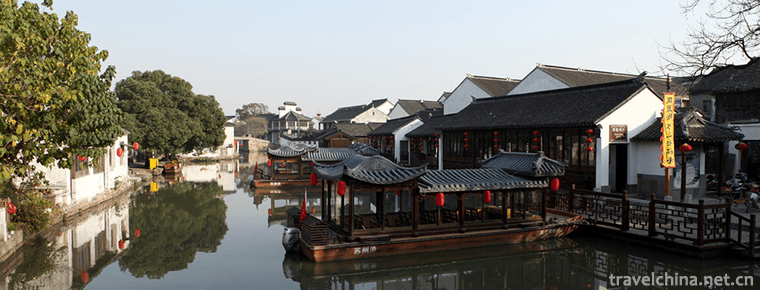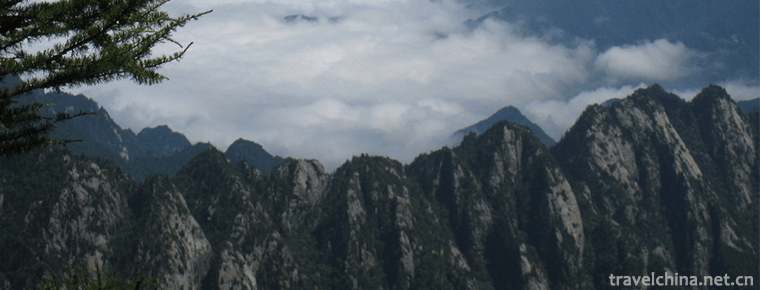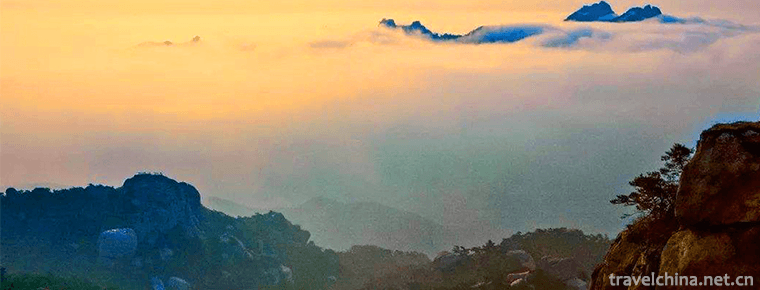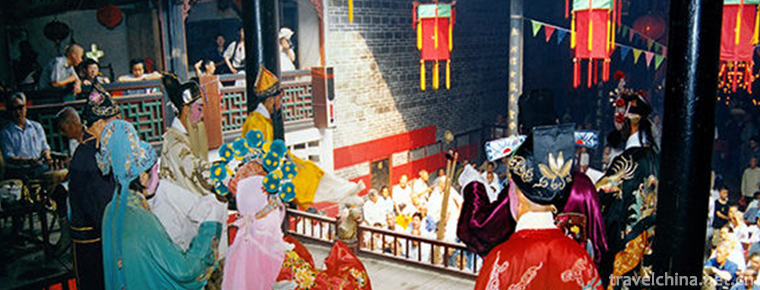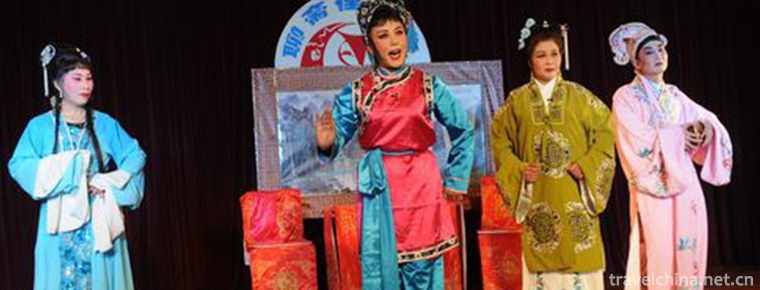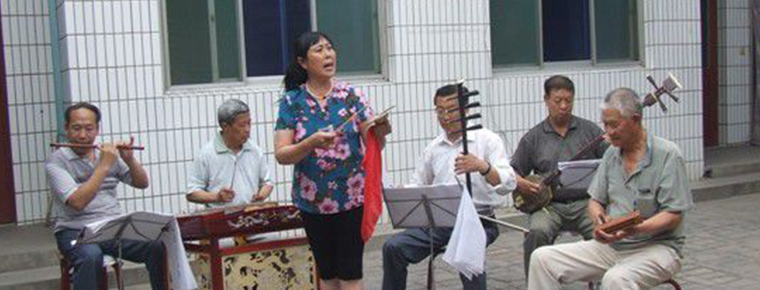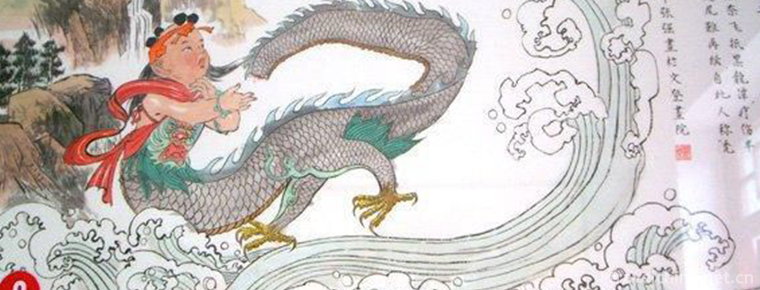Yucun drum car
Yucun drum car
Yucun Drum Car has a history of more than 2,700 years. It has recovered after a long history of ups and downs. Drum truck is a combination of drum and car, which evolved from the ancient chariot. As a kind of folk sports, drum racing is as risky as bullfighting in Spain, and casualties occur from time to time. Perhaps it is because of its fierce and wild characteristics, quite a legacy of the ancient battlefield, drum car culture is increasingly sought after by modern people.
On May 23, 2011, Yucun sports drum truck was approved by the State Council and listed in the third batch of national intangible cultural heritage list.
Legend of Origin
Yucun drum car started in the Spring and Autumn Period, evolved from military drums, has a history of more than 2700 years. Yucun, historically known as "Egongbao". According to Jin History, in 718 B.C., because of the invasion of Jindu by Chuangbogong of Quwo, the Gong fled to "Eyi" (now Xiangning County), in order to prevent the pursuit of the enemy, the Gong of Jin and Egong built a castle at the northern gate of the Yucun, hence the name of "Egongbao". Afterwards, the garrison of "Egongbao" broke away from the army system and became civilians. However, the practice of rolling drums marching still maintained and gradually became a folk activity. Up to Tang Dynasty, Wei Chigong was named "Prince of Eguo" and "Fort of Egong" was renamed "Yucun". So far, the folk custom of drum car has been further developed. After more than 2000 years of vicissitudes, the folk custom of Yucun Rolling Drum Sports Car has been maintained and gradually evolved into a kind of race, becoming the unique drum sports culture in the country.
Today's drum racing cars show the heroic and brave features, unity and forward spirit of the young people in Yucun. Every drum truck race is held by one person, two people, less than a hundred people, more than two or three hundred people pull rope, equal distance race. The cars chased each other until one overtook the other and tied the rope to the front drum truck.
Cultural characteristics
Drum truck is the combination of drum and car, which evolved from the ancient battle car. The main forms are collective, participatory, competitive, group sports and drum music combined "running drum car" competition.
The body axle is made of locust or elm wood, and the spoke of the wheel is made of iron inlaid with wood. Drum, 4.2 feet in diameter and 2.4 feet in height, with Bull Hide on the front and cow hide on the back, symbolizing the harmony of yin and yang. Drums are embedded horizontally in the chariot, which requires three people to drive, one long rope thick with a rolling stick on one side, and at least more than two hundred people to stretch ropes on both sides, dragging the drum truck and racing, one drum beating and one Gong beating on the other side.
Performing Form
Drum, sniff a hundred miles at a blow. It's easy to beat drums. It's not so simple to beat drums on a bumpy running car. It's not only a test of participants'drumming skills, but also a comprehensive review of their physical and psychological qualities. Obviously, in order to win the drum car race, it is not enough to have a belly of enthusiasm, and the competitive winners have the upper hand.
There are more than 5300 people in Yucun, divided into five courtyards according to regional distribution. That is to say, the drum trolley groups are divided into five courtyards, each overlording one side, namely, the backyard Bagua Drum, the northwest courtyard Erlong Drama Pearl Drum, the eastern courtyard corner drum, the Southern Courtyard Qinqiong Dahugu, Miaoxiang and Heerxian Drum. The five courtyards were divided into five families in the Ming and Qing Dynasties. The five courtyards were divided into five directions in the village. Drum trucks ran around the village and chased each other until one of them caught up with the other and tied the tips to the front drum truck. Therefore, history calls "fierce war".
April 18 is the most meaningful and important day of the year for the people of Yucun. Every courtyard prepares the "chariots" of every courtyard. No one calls or organizes them. Everything in the family has to be left behind. Men and women, old and young, join the battle, and the division of labor of rope-tied, flag-beating, gong-knocking and road-opening is clear. Winning the race, although there is no material reward, but it indicates that everything will go smoothly this year.
Therefore, every hospital wants to win the first place. The courtyard pullers were running like hell. Villagers of dozens of miles around the village admire the name of Lieutenant to watch the drum car race. The village streets and alleys are blocked by big cars, small cars and motorcycles.
Major events
The deceased are regarded as heroes
The fierce and magnificent drums are destined to be born of war, which is called "Drum-beating Forward, Gold-calling Receive". In the view of the Lieutenant Village, the drum car shows the courage and strength of men. The reason why Weicun people like drum car is that they like its fierce and wild passion. Since it is war, casualties are inevitable. At 5:00 p.m. on April 18, when the drum truck of the Northwest Hospital ran to the corner of Weicun's main commercial street, Wang Mou, a villager, accidentally fell down while struggling to pull the truck, was run over by a fast-moving drum truck iron wheel and was seriously injured. On April 20, a villager, Limou, died of pulling a drum truck.
Within three days, one death and one injury did not affect the enthusiasm of Yucun people in drum racing, and the drum racing continued. Jude Liang, Deputy Secretary-General of Yucun Drum Car Association, told reporters that there is a well-established rule in the village that no one can complain about an accident in a drum car race. Villagers are very reasonable, win, win frankly; lose, lose happily. After the game, everyone laughed at the enemy, what to do and what to do.
Every competition is guided by the old people in the village. They discuss the rules of the competition, from challenge to confrontation. They disagree with the negotiation. Drum trucks are risky and casualties occur from time to time. Lieutenant villagers are not afraid of danger. Drum trucks have been passed down from generation to generation.
Drum racing is a group activity of endurance and courage. There are roughly two kinds of rules for drum racing, one is division timing, the other is chasing surpassing. The principles and rules of the competition are proposed by the challengers. The negotiation agreement between the two sides comes into effect. There are winners who catch up with the competition and losers who drop 100 meters. Anyone can challenge anyone.
After the drum truck meeting, the village held a solemn memorial service for Limou in order to pay tribute to the hero. In view of casualties, the village stipulates that villagers under 18 years old and over 50 years old are forbidden to pull drum trucks.
The drum truck race was decided at about 5 p.m. on that day, but the drum trucks in several courtyards were still running on the runway. The powerful drums and the steel rollers rang through the village, and the people's shouts and cheers surpassed the waves.
Non-governmental Promotion
The Drum Car Culture of Lu Wei Village in Shenyi was born in 718 BC, developed in Tang and Song Dynasties and flourished in Ming and Qing Dynasties. In modern times, drum racing was interrupted from time to time as the national sports were not prosperous and the economy was depressed. Up to the 1950s and 1960s, Yucun people started drum racing again, and the drum racing in the late 1980s set off a small climax. After that, although the Drum Car Temple Fair was held every year, it was difficult for the villagers to find the Drum Car again.
On the eve of the Spring Festival in 2008, Zhao Weiyong, who was born in Yucun and is now vice-chairman of Taiyuan Civil Literature and Art Association, went back to his hometown to visit his relatives. He proposed to the villagers that the Yucun Drum Car Culture should be used to declare the intangible cultural heritage of the United Nations. His proposal was quickly adopted by the villagers. Several people immediately consulted with the villagers'Committee and the villagers' Committee strongly supported him. A Drum Truck Preparatory Committee was set up to actively raise funds. The director of the Preparatory Committee was Lu Yuzhong, a 70-year-old old supporter. "If we don't do it, Yucun Drum Car Culture will be lost. Now only the elderly people in the village remember the drum music, the young people will not." Lu Yuzhong said.
Jiang Daren, chief scientist of literature, history and philosophy of Shanxi Academy of Social Sciences and consultant of Shanxi intangible cultural heritage appraisal committee, was invited to attend the Yucun Drum Car Culture Festival. In an interview with reporters, Jiang Daren highly appraised Yucun Drum Car Culture. "As a primitive mass sports activity, the essence of Yucun Drum Car is the perfect combination of drum and car, rhythm and movement." The uniqueness of this culture lies in the perfect combination of bold and vigorous drum music and stronger and faster sports spirit.
According to the provisions of the World Heritage Convention, the declaration of cultural heritage to the United Nations must go through strict and complicated procedures: feasibility study of advancement, formulation of relevant protection and development programs in accordance with the declaration requirements, and finally enter the practical operation stage.
In the report "Feasibility analysis of Yucun Drum Truck declaring intangible cultural heritage of the United Nations", is it "in line with human nature and has the spiritual value of influencing people's thoughts and feelings"? The Yucun drum truck can stimulate people's ambition, enhance the cohesion of the group, advocate the spirit of group cooperation, and express people's good desire for physical fitness. These are the real demands of human nature to be good and strive for strength and competitiveness. They are also the goal and motive force for the progress of art and sports. The original intention of Yucun drum truck art lies in this.
At present, Yucun's "application for heritage" has just taken the first step. According to Zhao Zhongyue, director of Shanxi intangible cultural heritage protection center, there is no world-class intangible cultural heritage in Shanxi at present. There are 32 state-level intangible cultural heritage projects that have been announced, and 68 projects are now being declared. "After the successful application, Drum Car Culture is our patent. We can strive for rescue funds and further improve development. Relevant construction can attract foreign businessmen, attract foreign investment, develop economy, develop tourism, develop other cultural undertakings that have been destroyed, turn Yucun into a tourist village, and make Yucun people realize their dream of becoming rich through various channels. At the launching ceremony of the "application for heritage", the voice of the Secretary of the Party branch of Yucun echoed over Yucun.
Current status of protection
In recent years, Yucun drum racing has become a kind of drum racing culture due to the attention of provinces, cities and counties. Yucun drum racing has been listed in Shanxi intangible cultural heritage list in February 2009. On May 23, 2011, Yucun sports drum truck was approved by the State Council and listed in the third batch of national intangible cultural heritage list. Now, it has been declared as a list of world intangible cultural heritage.

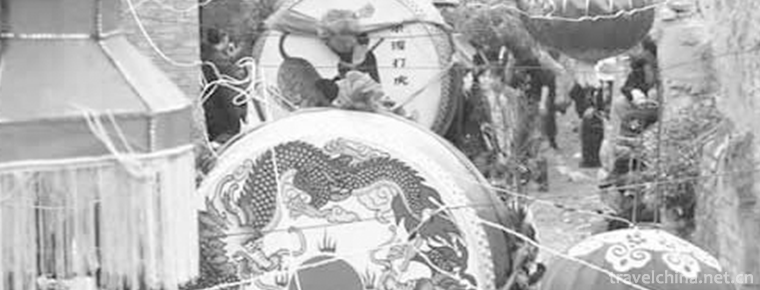
-
Tong li ancient town
Tongli Ancient Town belongs to Wujiang District, Suzhou City, Jiangsu Province. It was built in Song Dynasty. There are many gardens, temples, residences.
Views: 249 Time 2018-12-06 -
Taibai Mountain National Forest Park
Taibai Mountain, National AAAAA Tourist Scenic Area, National Forest Park, National Water Conservancy Scenic Area, Ten National Sports Tourism Scenic Spots, Ten Best Holiday Areas of "Beautiful C.
Views: 174 Time 2018-12-12 -
Wulian Mountain Scenic Area
Wulian Mountain Scenic Area covers a total area of 68 square kilometers and is a national AAAA-level tourist area. It is composed of Wulian Mountain and Jiuxian Mountain.
Views: 153 Time 2018-12-22 -
Yunya Temple Scenic Area
Yunya Temple Scenic Area is a comprehensive scenic area, which is represented by the unique Danxia landform on the Loess Plateau, and is composed of abundant forest resources.
Views: 138 Time 2018-12-22 -
hot spring leisure city
Wendu Shuicheng, Hongfu Wendu Shuicheng, is located 20 kilometers north of the Forbidden City of Beijing. It pillows Wenyu River, the Mother River of Beijing.
Views: 127 Time 2019-02-22 -
Donghe Opera
Donghe Opera, one of the national intangible cultural heritage, is a traditional drama in Donghe area of Ganzhou City, Jiangxi Province..
Views: 176 Time 2019-04-27 -
Liao Zhais folk songs
The spreading area of Liaozhai slang mainly distributes in Zibo City, Shandong Province. The Pu family and its descendants are the main inheritors. Liaozhai slang is a unique traditional folk music li.
Views: 196 Time 2019-05-13 -
Running curtain
Running curtain originated in the Spring and Autumn Period and Warring States Period, formed in the Qin and Han Dynasties, flourished in the Song, Yuan, Ming, Qing Dynasty and the early Republic of Ch.
Views: 332 Time 2019-06-09 -
Quwoqin Books
Quwo Qinshu is a kind of local traditional folk art form which was formed and mainly popular in Quwo County in the south of Shanxi Province and its adjacent areas of Shanxi, Shanxi and Henan provinces.
Views: 314 Time 2019-06-11 -
Legend of bald tailed Lao Li
Folk legends of bald-tailed Lao Li are widely circulated in Shandong Province, and similar written records are found in Yuan Mei's Zi Yu of the Qing Dynasty: "Bi Shifu, Wendeng County, Shandong P.
Views: 128 Time 2019-06-23 -
Luzhou economy
In 2019, the GDP of Luzhou will reach 208.13 billion yuan, an increase of 8.0% over the previous year, 1.9 percentage points higher than the national average level (6.1%) and 0.5 percentage points higher than the provincial average level (7.5%). Among them, the added value.
Views: 340 Time 2020-12-14 -
Guangyuan transportation
Guangyuan has been the transportation hub and material distribution center in the adjacent areas of Sichuan, Shaanxi and Gansu since ancient times. The reconstructed Guangyuan new railway station includes Baoji Chengdu double track railway and .
Views: 79 Time 2020-12-15
